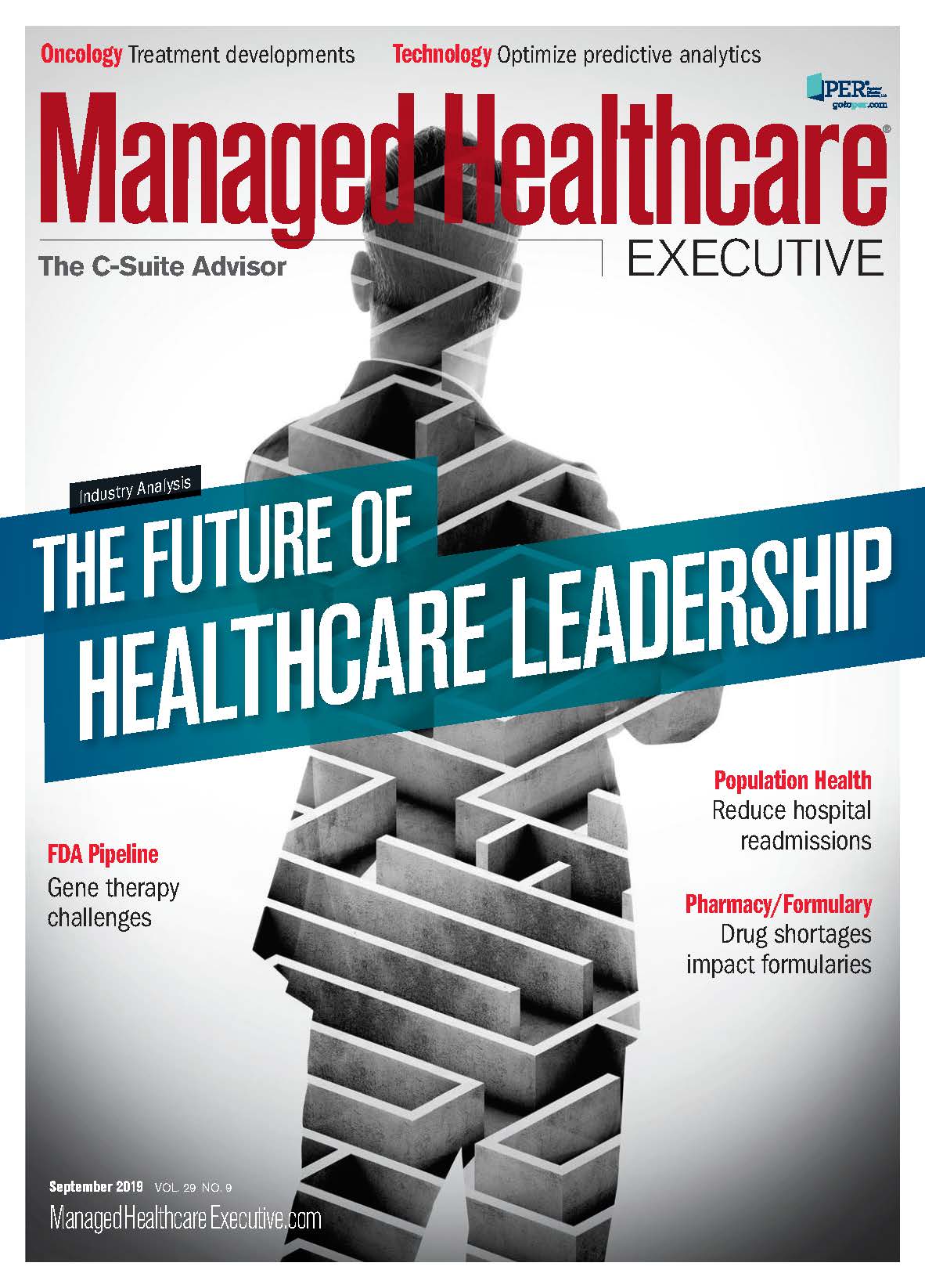- Drug Coverage
- Hypertrophic Cardiomyopathy (HCM)
- Vaccines: 2023 Year in Review
- Eyecare
- Urothelial Carcinoma
- Women's Health
- Hemophilia
- Heart Failure
- Vaccines
- Neonatal Care
- NSCLC
- Type II Inflammation
- Substance Use Disorder
- Gene Therapy
- Lung Cancer
- Spinal Muscular Atrophy
- HIV
- Post-Acute Care
- Liver Disease
- Pulmonary Arterial Hypertension
- Safety & Recalls
- Biologics
- Asthma
- Atrial Fibrillation
- Type I Diabetes
- RSV
- COVID-19
- Cardiovascular Diseases
- Breast Cancer
- Prescription Digital Therapeutics
- Reproductive Health
- The Improving Patient Access Podcast
- Blood Cancer
- Ulcerative Colitis
- Respiratory Conditions
- Multiple Sclerosis
- Digital Health
- Population Health
- Sleep Disorders
- Biosimilars
- Plaque Psoriasis
- Leukemia and Lymphoma
- Oncology
- Pediatrics
- Urology
- Obstetrics-Gynecology & Women's Health
- Opioids
- Solid Tumors
- Autoimmune Diseases
- Dermatology
- Diabetes
- Mental Health
How to Prepare for Leadership Changes
How to cope with a rapidly-changing industry.

Change is inevitable. None more evident than change in leadership. We have all experienced changes in leadership either within the organizations we serve in or personally, if we have had the privilege of serving in a leadership position.
Whether change involves a merger, acquisition, or reorganization, healthcare leaders must constantly evaluate the circumstances of the changes they face so that they can effectively make the right decisions. It is imperative that leaders determine how they respond so that they can help their organizations prepare, manage, and navigate the sometimes violent turbulence of organizational disruption.
With the M&A numbers holding steady at their current pace-due largely to industry conditions that favor large scale systems-it can be a difficult transition when organizations with different organizational cultures combine. This may be especially true since experts say healthcare mergers are increasingly driven by strategic alignment rather than cultural fit. One to watch is the recent CVS Healthcare and Aetna merger. Only time will tell whether the $69 billion acquisition/merger will change the healthcare landscape culturally and dynamically.
Not only is change inevitable, its frequency and speed are at unprecedented levels, causing organizations to reexamine strategic direction including leadership. In many cases, as we are seeing, boards of directors are opting to make changes at the top prior to embarking on major organizational changes that drive transformation. This is especially true for healthcare organizations as they make the transition from fee-for-service to risk/population health. These two business models are very different and require vastly different management skills. Many hospital-based systems will try to make this transition under the same leadership, but will learn that it won’t work over time.
The principle drivers of change that will have its greatest impact on leadership will be the convergence of value-based care and digitalization. For healthcare organizations to achieve its value-based care initiatives, they will have to aggressively transition to implementing digital strategies. This means letting go of old established processes and embracing some of the newly emerging technologies. Telehealth, artificial intelligence (AI)-enabled devices, robotics and blockchain to name a few that will have a dramatic impact on the delivery of healthcare across the entire spectrum.
Related article: Four Essential Skills of a Change Leader
I believe change will occur in rapid succession decomposing old established organizational structures and the emergence of new healthcare delivery models that enhance efficiency. Along with these changes, new types of leaders will have to emerge possessing more technical, analytical, and collaborative skills.
So, what are the takeaways for managed care executives as the changing face of leadership continues to proliferate? I believe boards and senior leadership ought to consider the following before jumping head long into making a change in leadership. Once a decision has been reached that a change in leadership is necessary, then the organization should take the following steps:
- Clear Vision of the Change-expectations are discussed and agreed upon by the Board of Directors based on a clearly stated goals and desired outcomes.
- Careful Planning-establish a steering committee to coordinate the planning activities including the selection of a search firm and recruiter to conduct the search.
- Communicate effectively-design a communication process that acknowledges the change and be prepared to communicate at the appropriate time to employees and constituents the reason for the change; ensure the staff understands the vision for the future and their role within the organization.
- Commitmentthroughout-once the new leader has been selected, take every opportunity to show commitment throughout to the new leader and the new direction.
Finally, organizations should only make leadership changes with the intention of improving results related to financial, cultural, or strategic direction. Before making the move, consider nearly 40% of new chief executives fail outright within the first 18 months on the job, and even more of them fail to live up to original expectations.
Darnell Dent is principal of Dent Advisory Services, LLC, a management consulting practice focused on helping leadership improve organizational effectiveness and overall performance. He is a former president and chief executive officer of a managed care organization. He is a member of the Managed Healthcare Executive Editorial Board.

Extending the Capabilities of the EHR Through Automation
August 2nd 2023Welcome back to another episode of "Tuning In to the C-Suite," where Briana Contreras, an editor of Managed Healthcare Executive, had the pleasure of chatting with Cindy Gaines, chief clinical transformation officer at Lumeon.
Listen
Automate Your Practice's Workflows with These 5 Tools
October 4th 2023To maintain patient satisfaction and regulatory compliance and reduce potential clerical errors while maintaining high productivity, you can ease your staff’s burdens by automating your practice’s workflows and empower your staff to do more in less time.
Read More
